Last year over 700 boat owners who have non-trailered boats moored in marinas around Aotearoa…
Training and operational resources for application of the LOF scale
On 20 June, around twenty biosecurity and technical diving specialists from around New Zealand attended a 1-day workshop in Manukau to discuss boat biofouling and the Level of Fouling (LOF) rank scale. The LOF scale is a biosecurity implementation tool for quickly assessing boat biofouling. The workshop addressed the range of approaches for vessel hull surveys in NZ and the design of operational and training resources for use of the LOF scale.
The event was part of a research project funded by MBIE, Auckland Council, Bay of Plenty Regional Council, Waikato Regional Council, and the Ministry for Primary Industries. Attendees included delegates from these agencies as well as Northland Regional Council, Marlborough District Council, the Top of the South Marine Biosecurity Partnership, Environment Southland, and Marine & Environmental Field Services, and was delivered by biosecurity scientists from Cawthron Institute.
Key items on the workshop agenda included:
- the history and initial application of the LOF scale;
- a detailed look at its definitions, benefits, in-field use, sources of bias, and limitations;
- use of underwater imagery and footage to undertake simulated hull inspections and LOF rank allocations;
- group exercises to highlight the need for accuracy and precision, in particular when the scale is used for policy implementation; and
- a ‘tour’ through (and review of) operational and training resources Cawthron developed in collaboration with council and MPI end-user partners. These include detailed protocols for LOF application, a LOF ‘calculator’, and a custom ‘LOF app’ for biosecurity practitioners nationwide.
It was a long day but full of interesting and insightful discussions, enabled by the participation of NZ’s most experienced hull surveillance teams and users of the LOF scale.
The project is aligned with and co-funded by the MANAGE AND RESPOND workstream in the Toolbox programme. The operational and training resources developed via this project will be finalized in the coming months. A multi-agency joint science publication is intended for preparation later in 2022 and will be posted here once finalized.
A big thank-you to all participants for their efforts and input!
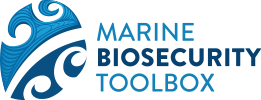
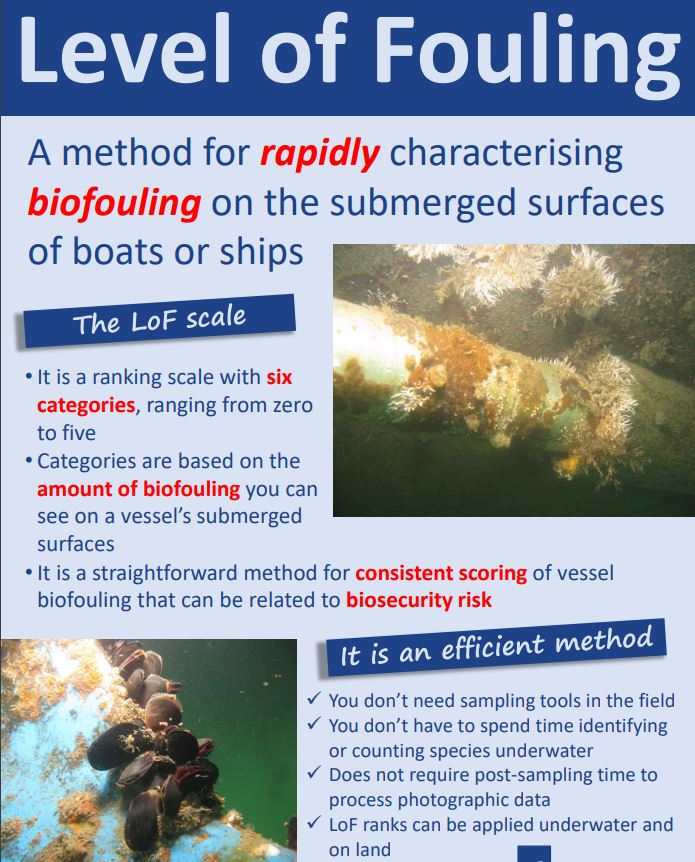
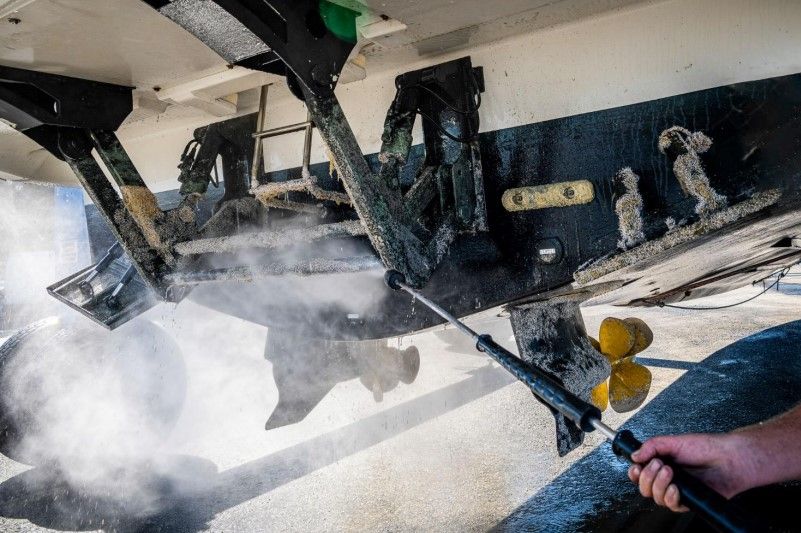
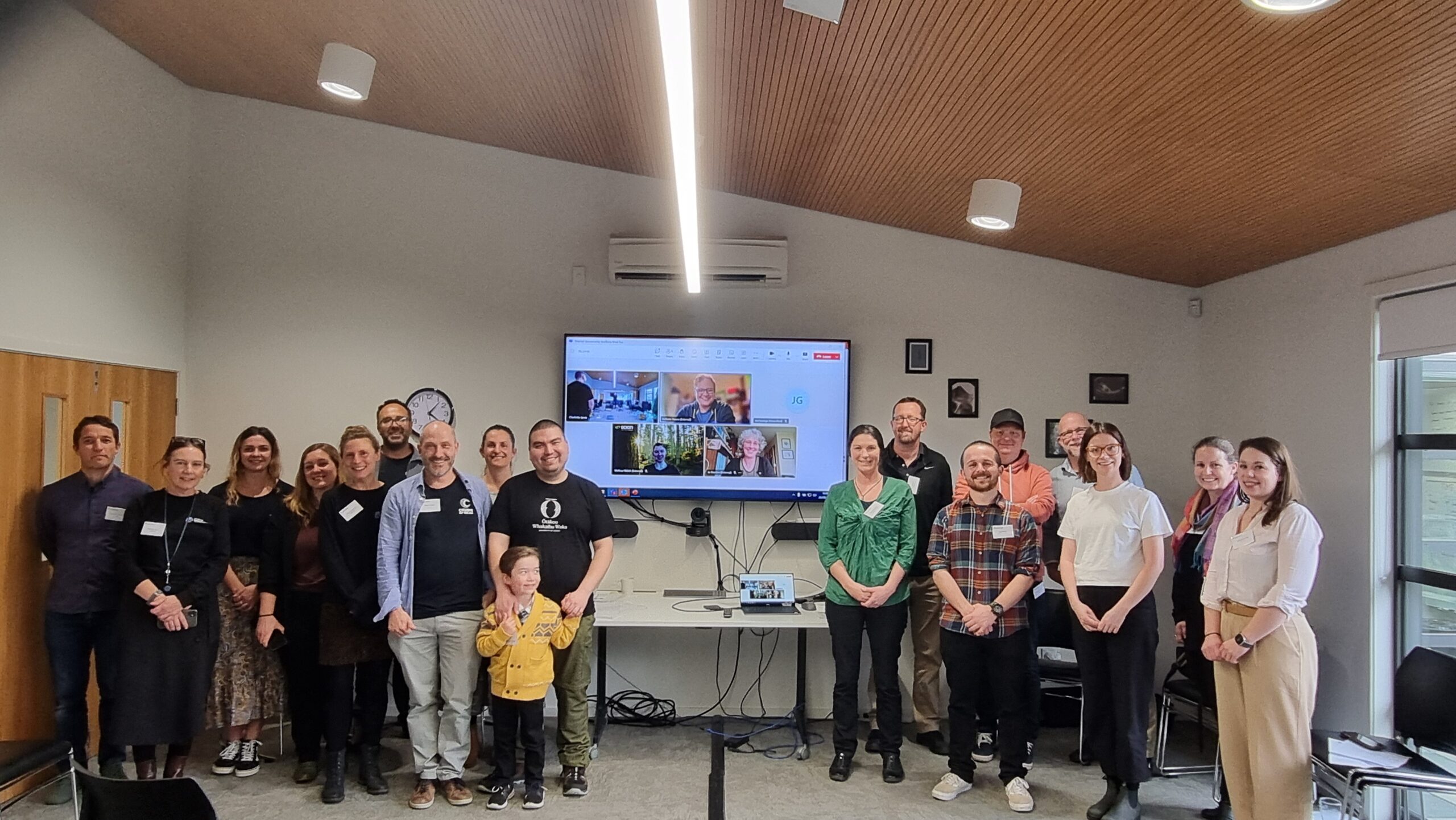
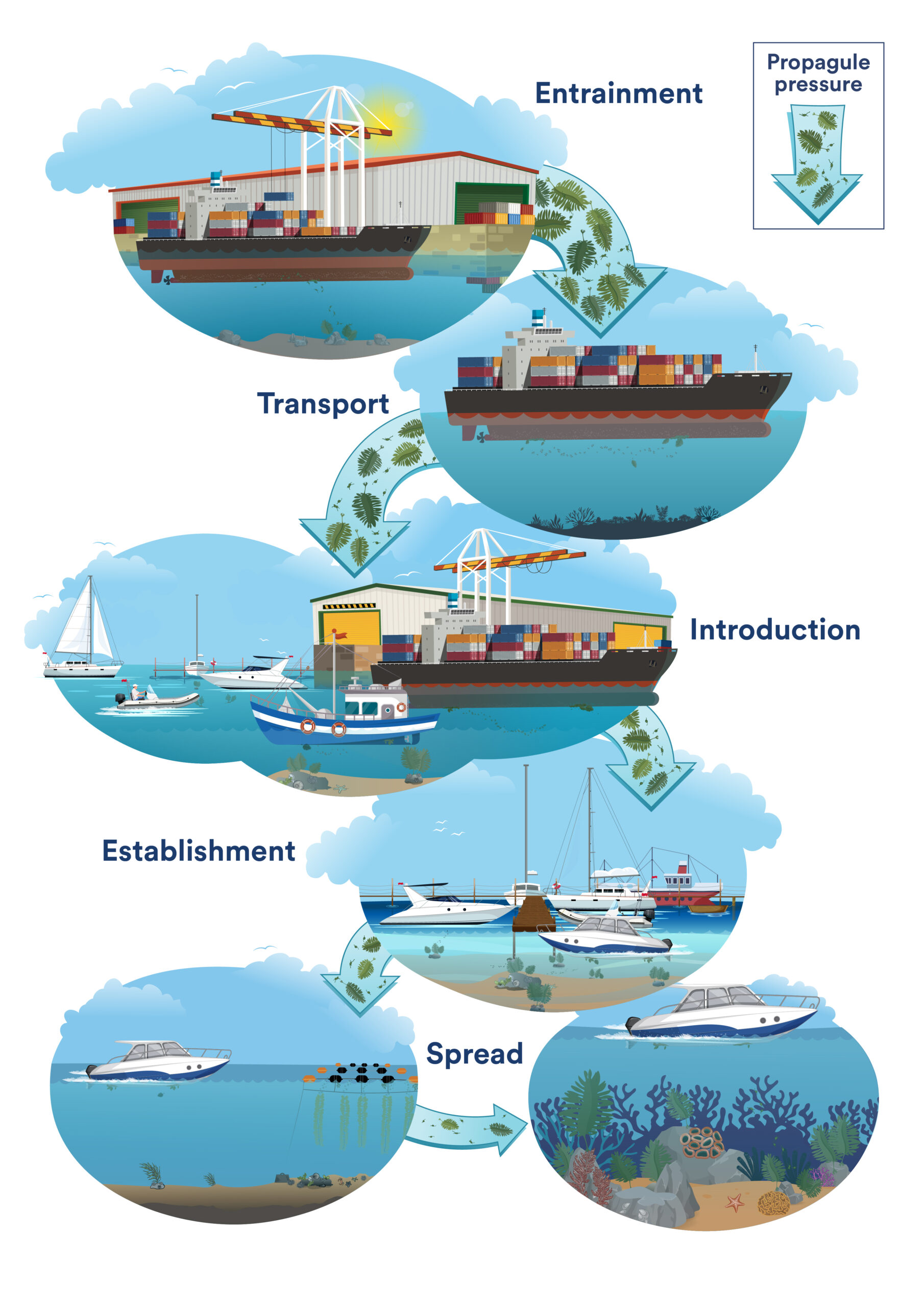
Comments (0)